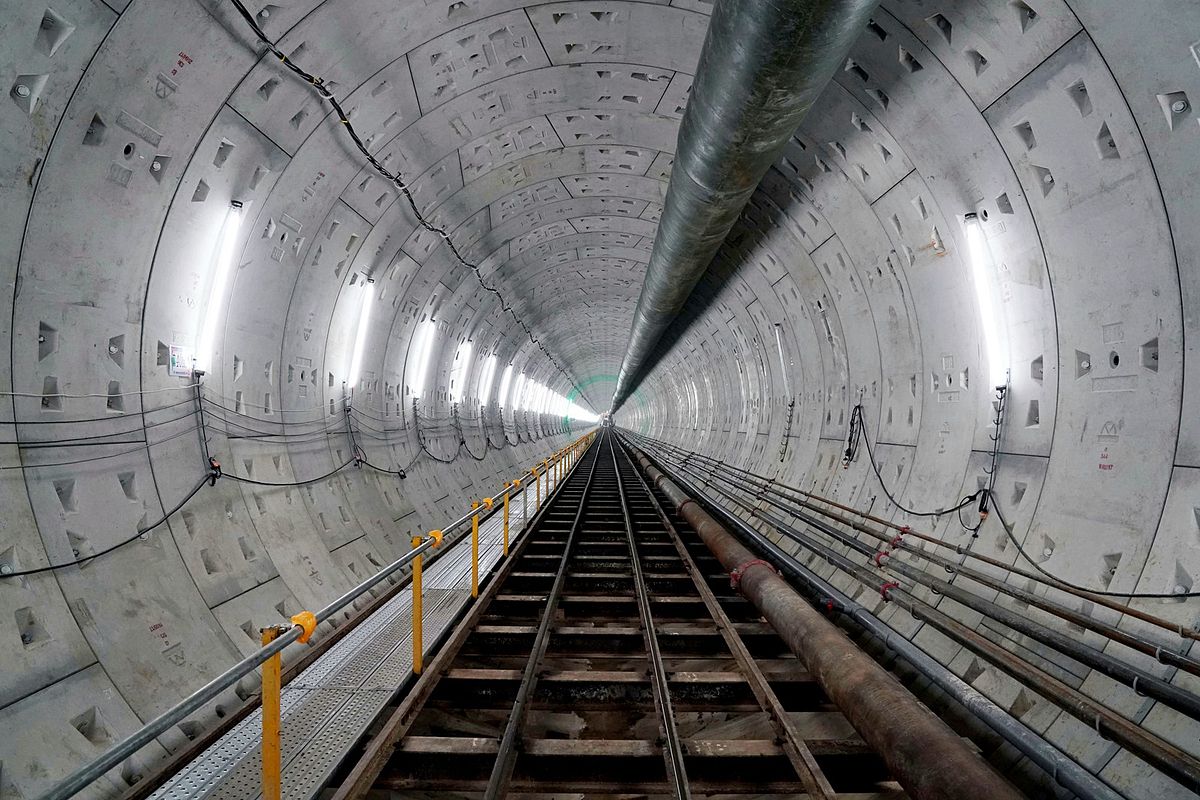Over the past several months, residents of Nguyen Van Linh Street in Da Nang have been taking their morning cà phê sữa đá with a side of blinding glare.
According to Tuoi Tre, two particular building projects have been troubling the daily livelihood of Da Nang denizens due to their ultra-reflective exterior. They are the Risemount Apartment on Nhu Nguyet Street in Hai Chau District and the SHB mixed-use complex on Nguyen Van Linh Street.
The SHB structure, owned by the Saigon-Hanoi Joint Stock Bank, has 15 floors with three sides outfitted with yellow glass. The Risemount Apartment, on the other hand, boasts 31 floors and a façade of heat-resistant glass that’s plated with gold.
While the buildings are still under construction and it’s unclear whether the materials used will help with heat insulation, they have certainly done a good job of incensing everyone living within close proximity of the glass towers. Like ants under a magnifying glass.
Phan Thi Thu Hong, 60, who owns a coffee cart next to the SHB building, told the newspaper that the glare is especially intense from 8am to 9am every day, affecting the daily life of the neighborhood. For those living near the Risemount building, the reflected rays come on the strongest at 3pm–4pm.
Some experts believe that there needs to be more precise regulations regarding the use of reflective and color glass in high-rise buildings. Architect Nguyen Vu Mai Han told Tuoi Tre that Vietnam doesn’t currently have stipulations dictating color- and heat-related properties when it comes to exterior glass. “There are some standards that are encouraged to be followed, like safety and durability, but not heat insulation and how reflective the glass could be,” Han explained.
After residents voiced complaints, Nguoi Lao Dong reports, on February 27, the Da Nang Department of Construction issued a document requiring construction projects in the future to include specifications on what type of glass should be used and its thickness, color, degree of reflectiveness and heat absorption.
The department also cautioned against installing glass that is too reflective and has warm colors like red, orange and yellow. These policies, however, will only take effect from April.
Apart from annoying humans with its glare, elsewhere in the world, reflective glass on high-rises also poses mortal danger to bird populations. In New York City alone, according to The Conversation, some 200,000 birds are killed a year by flying into buildings.
[Photo by Tan Luc via Tuoi Tre]















